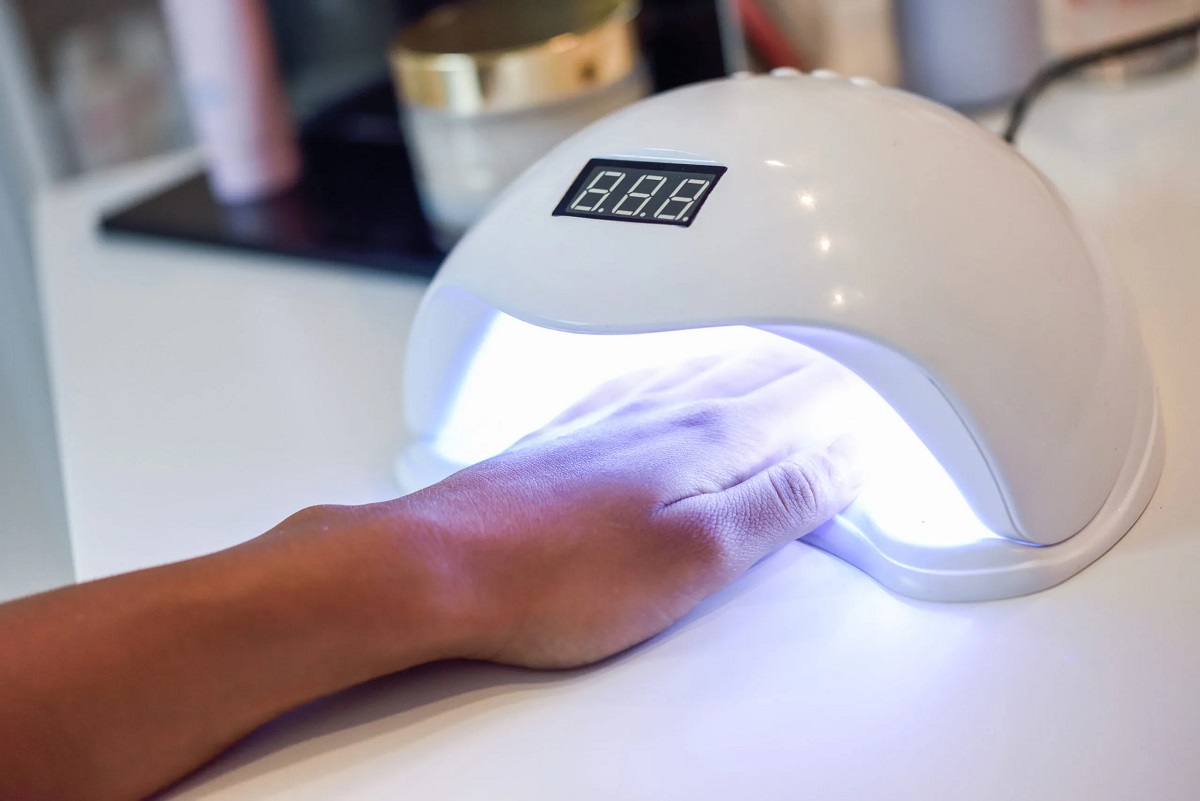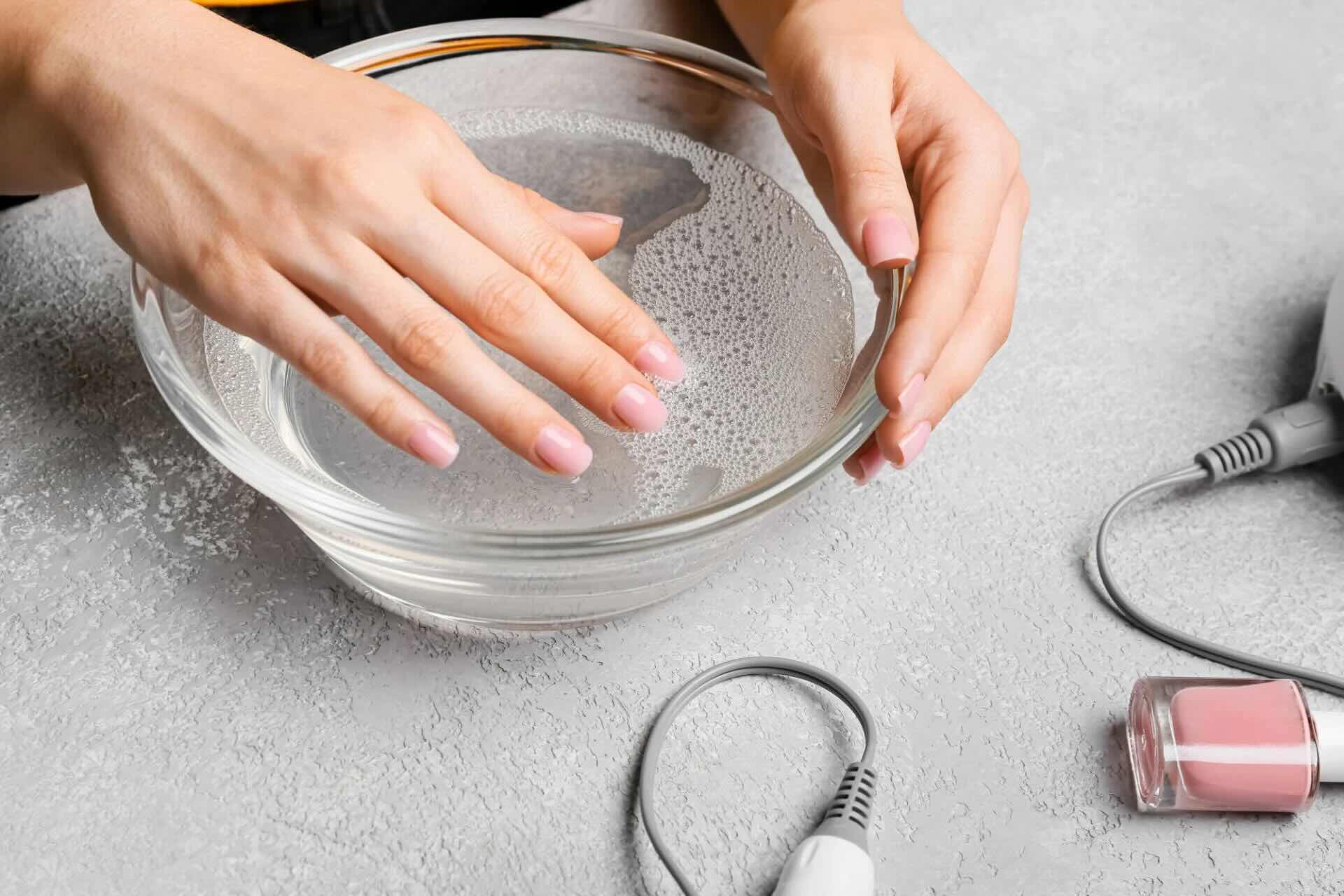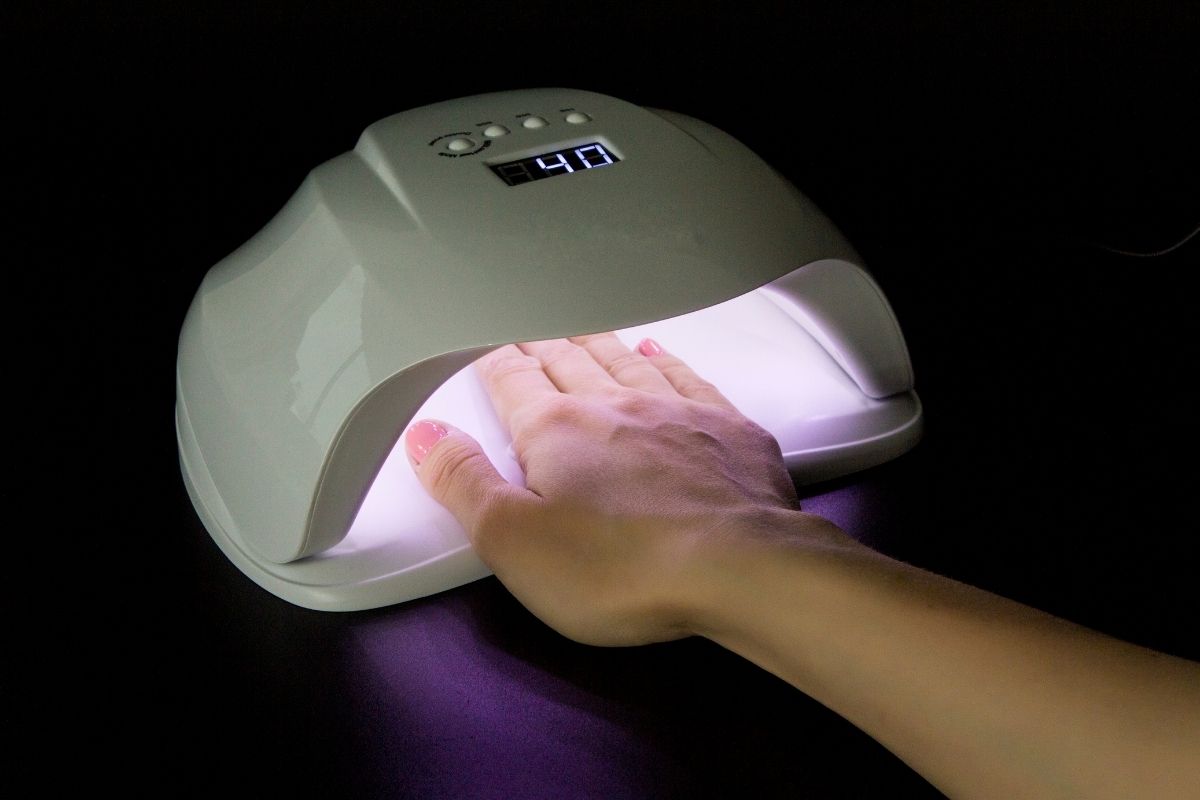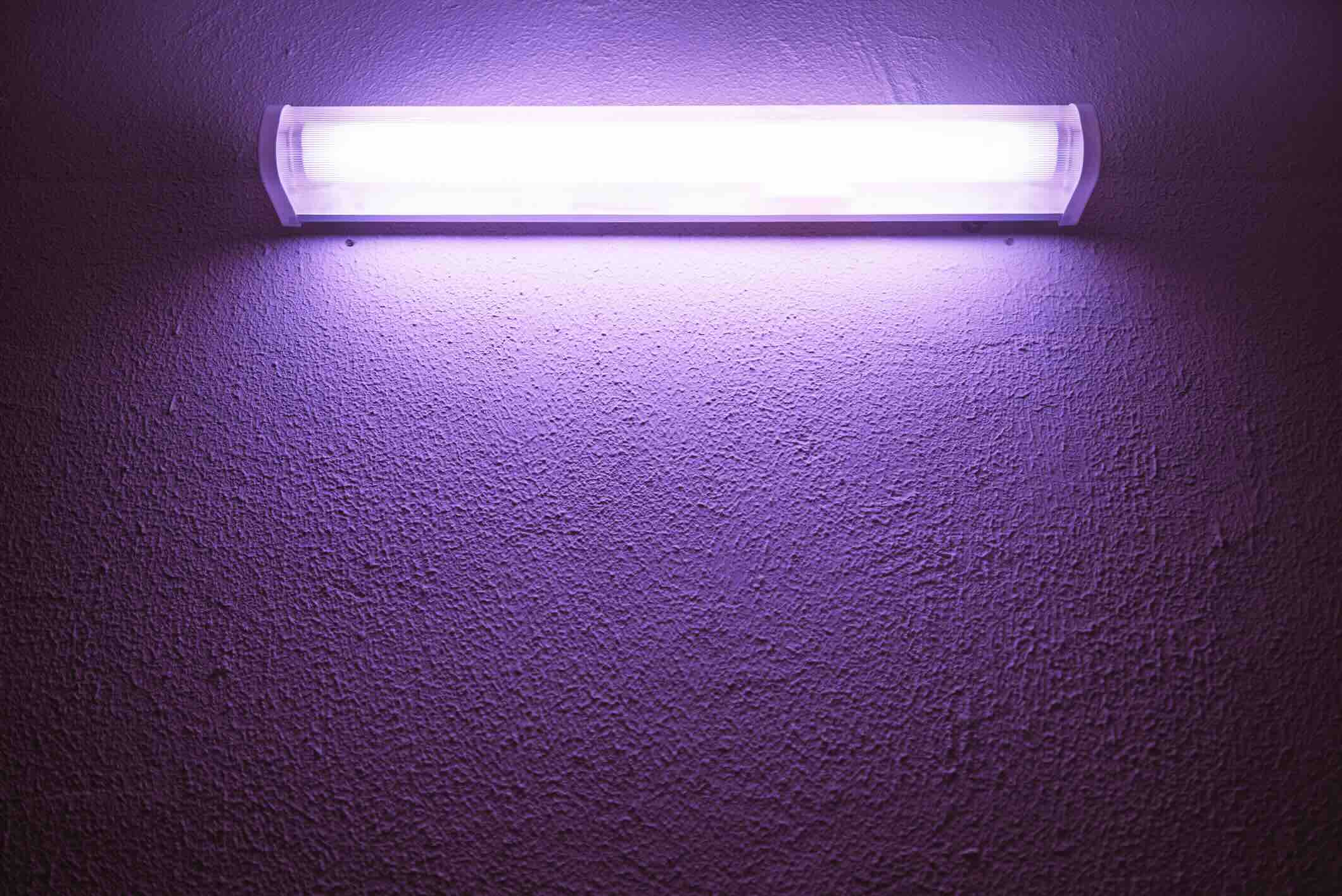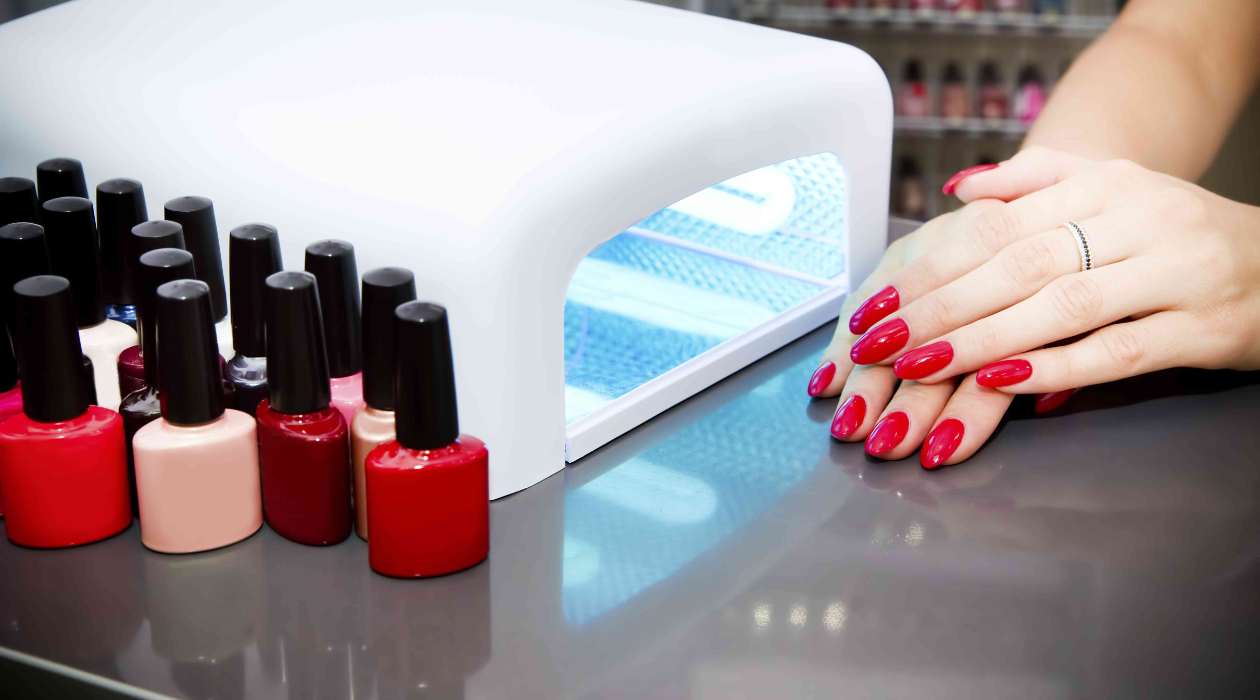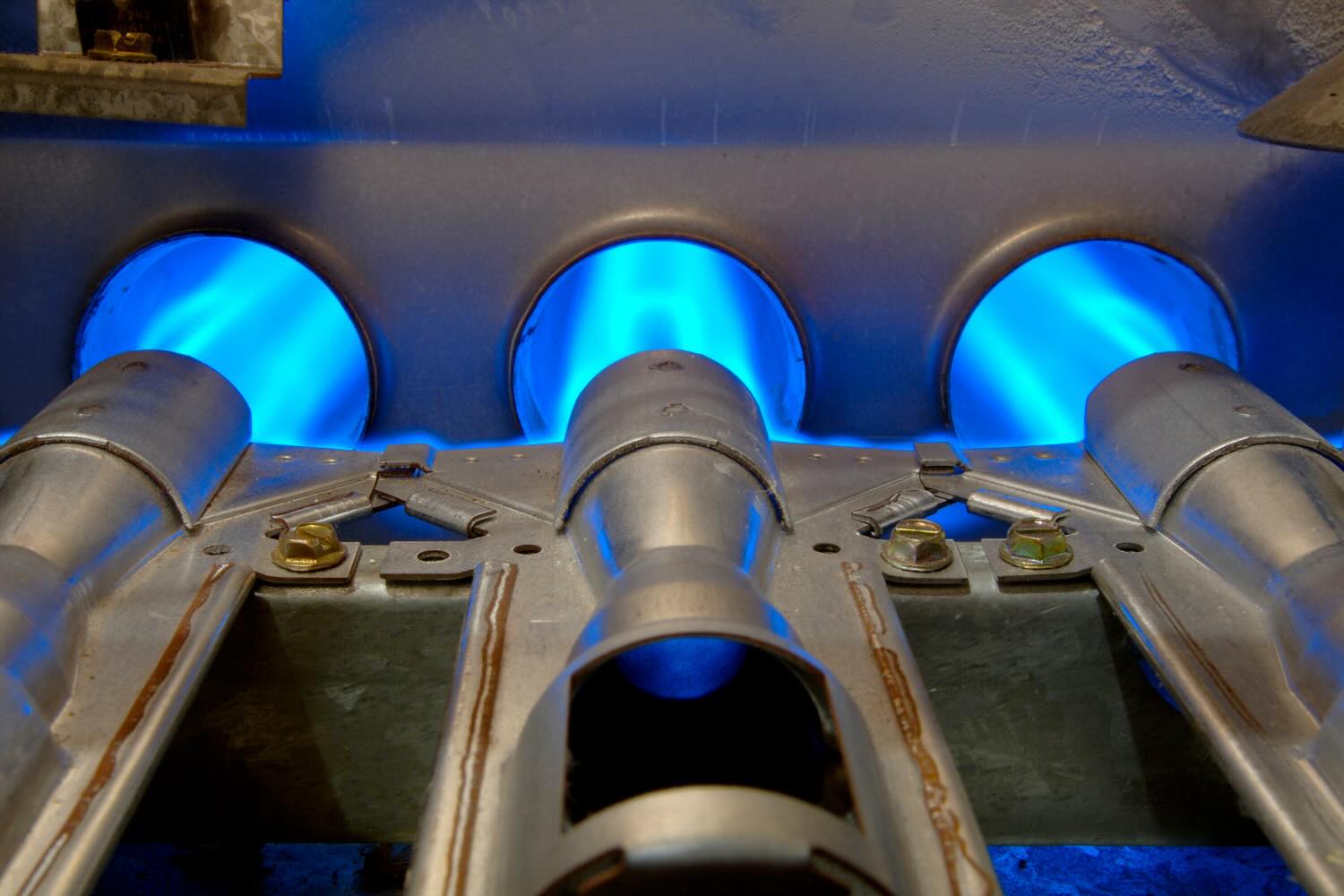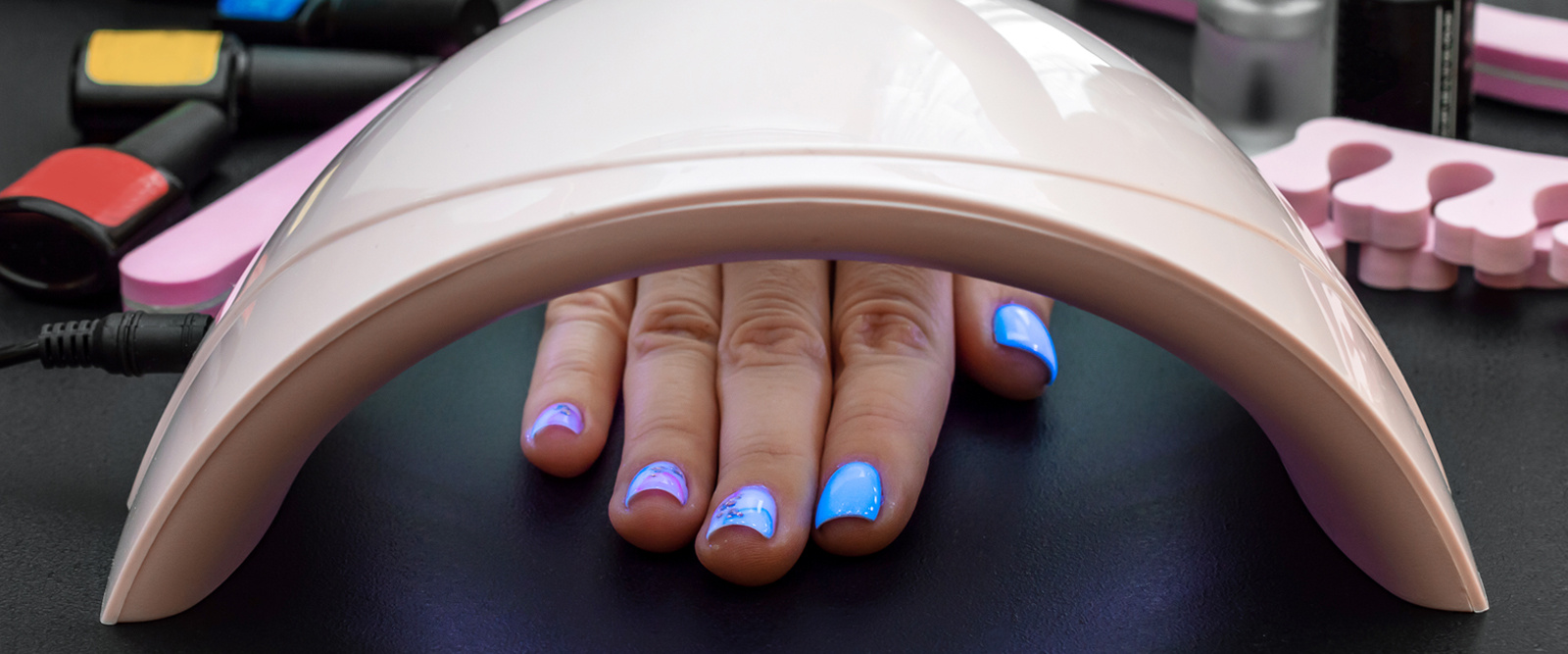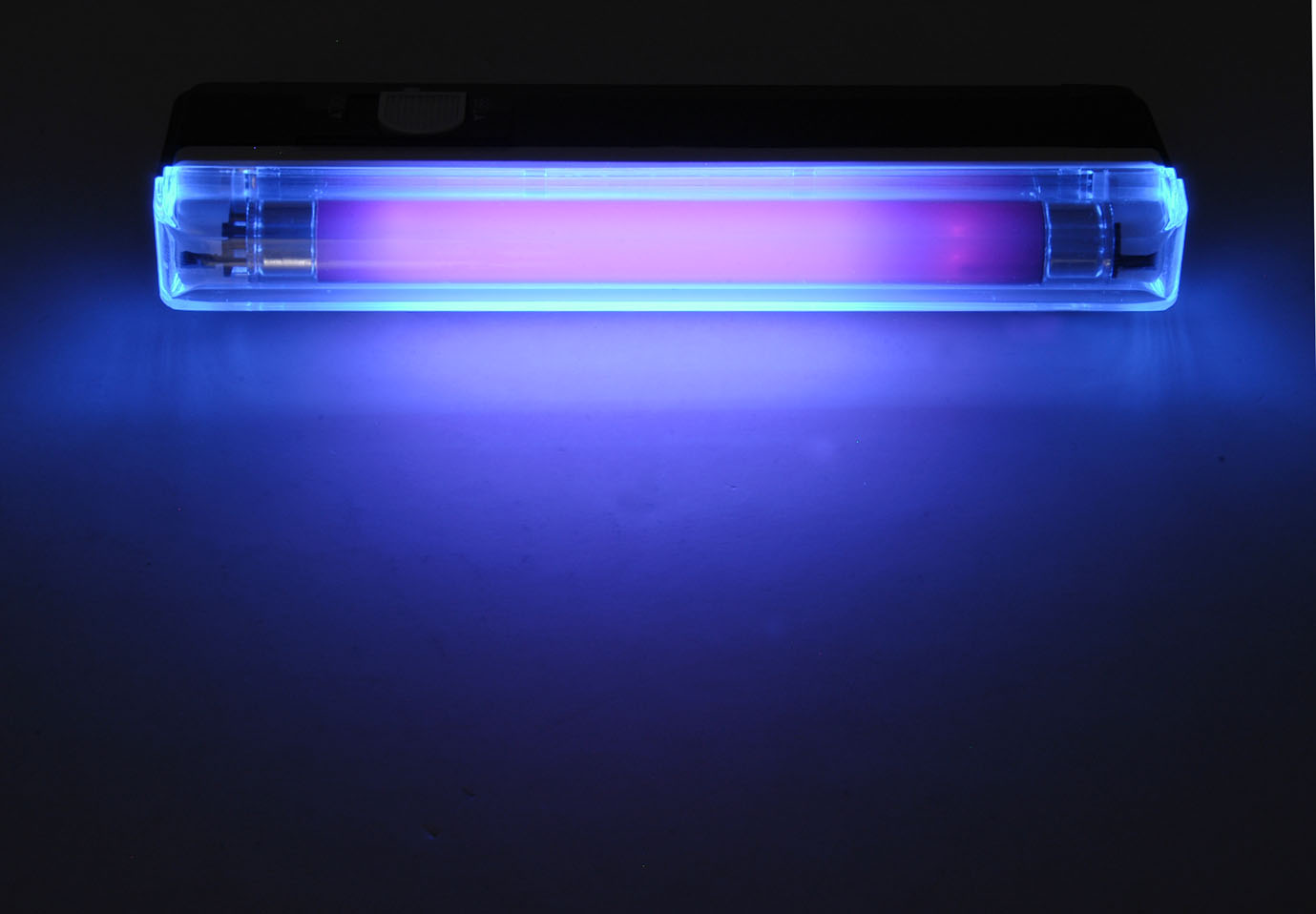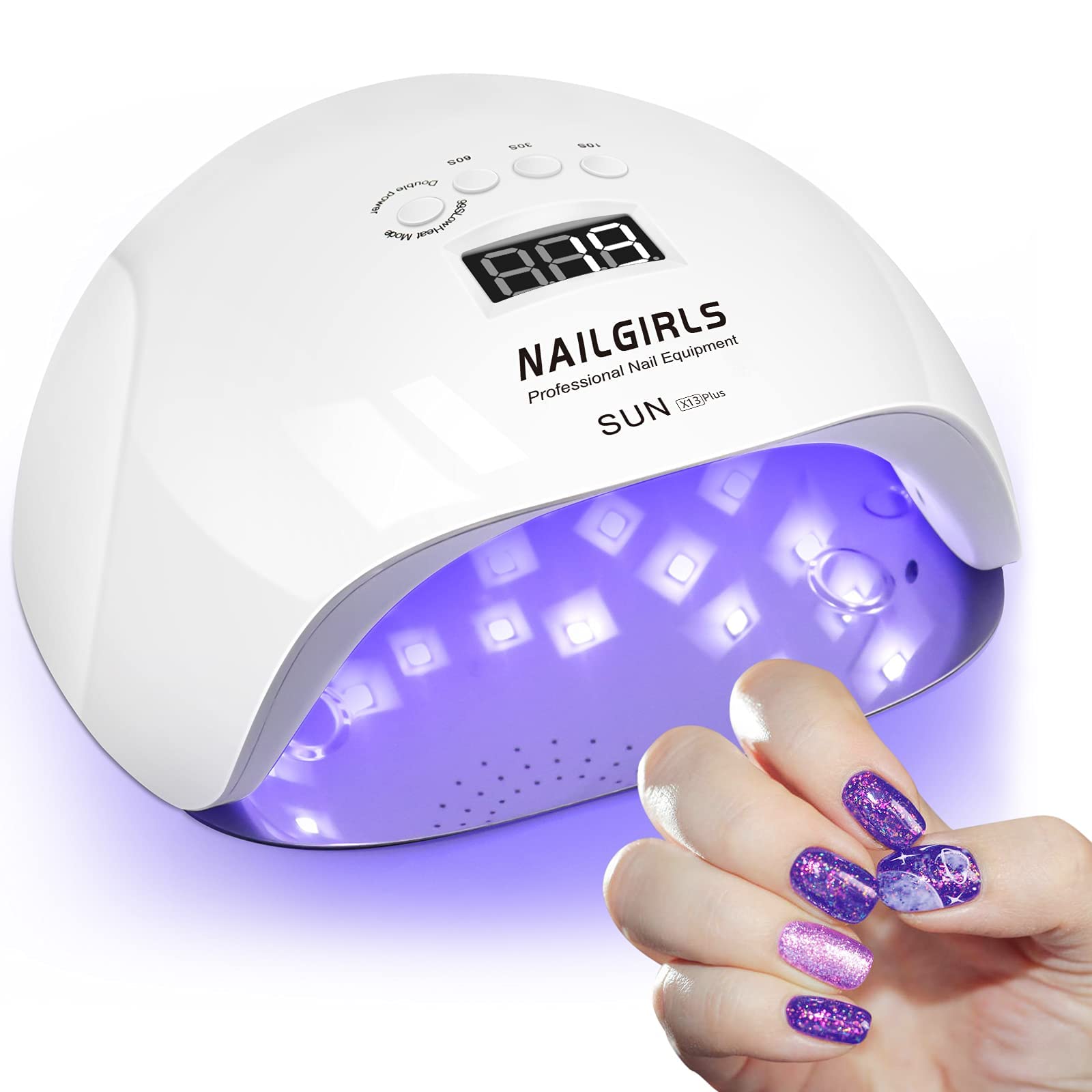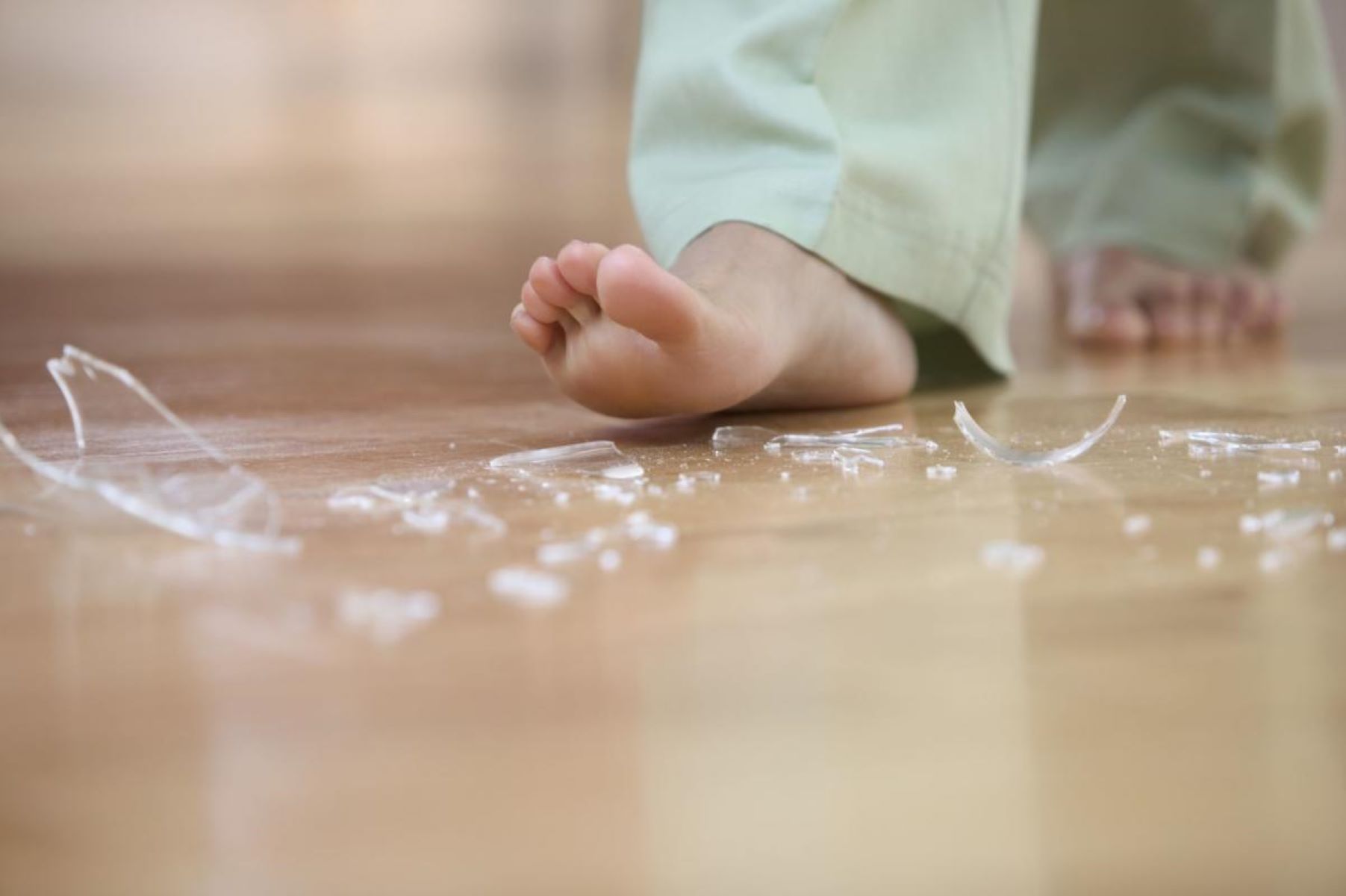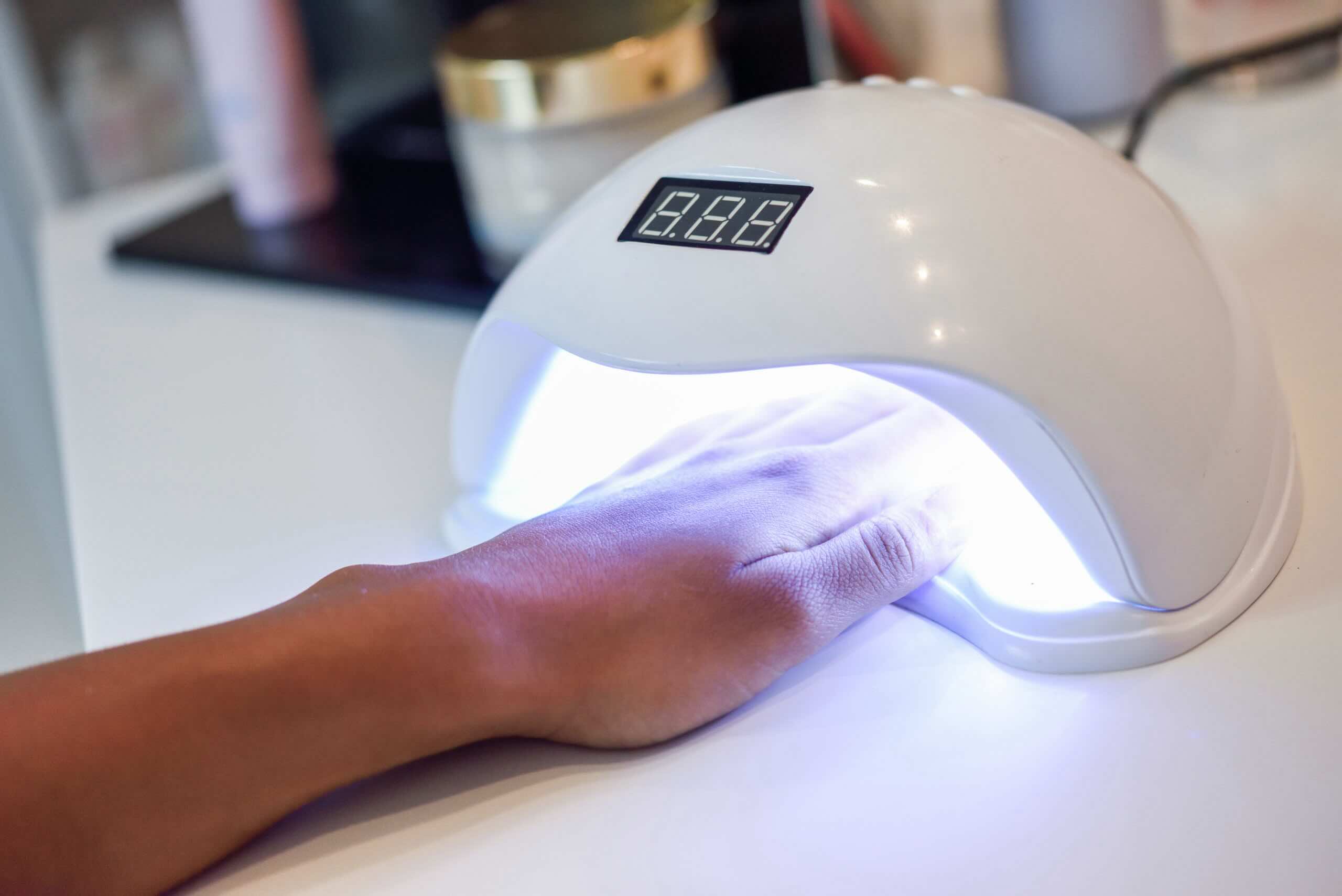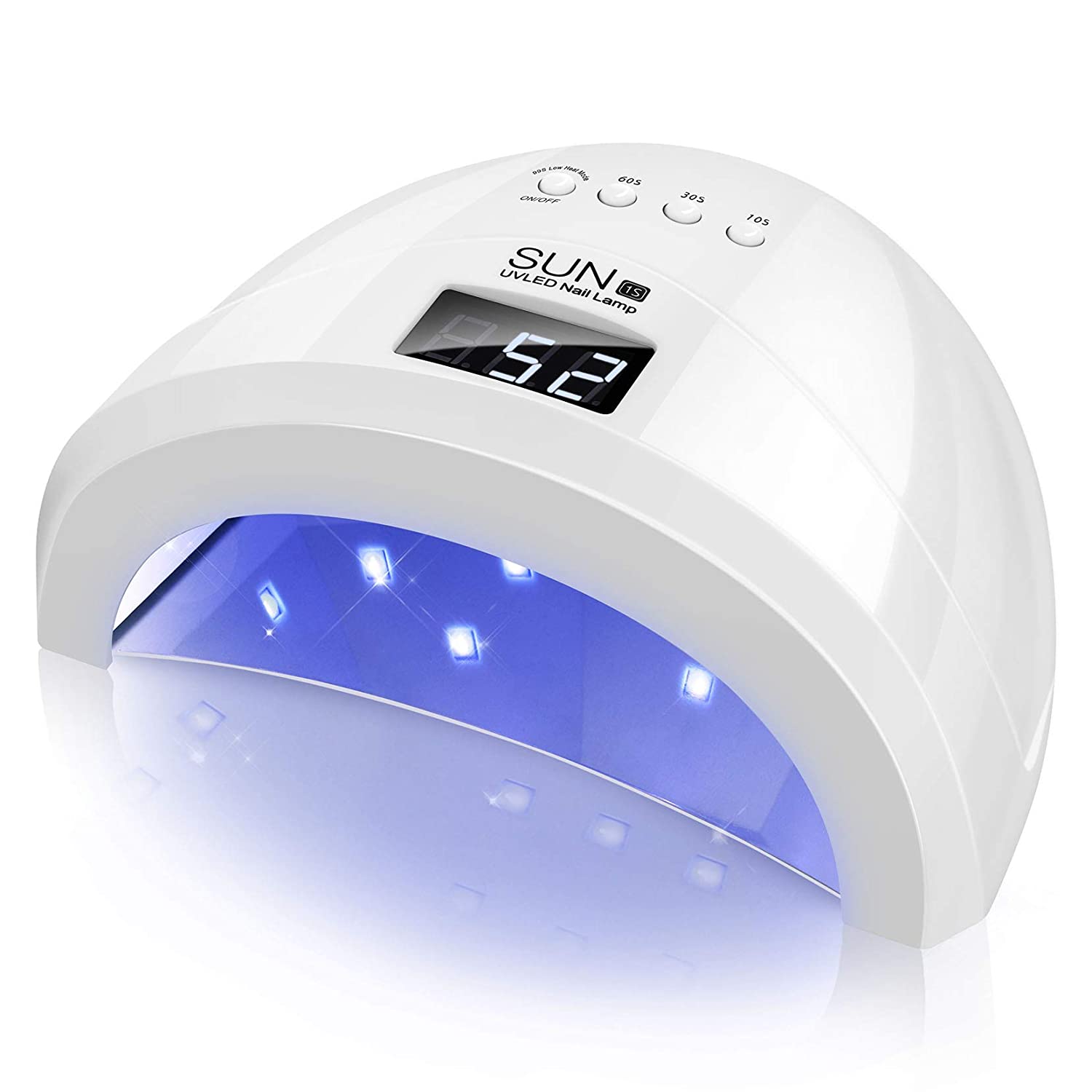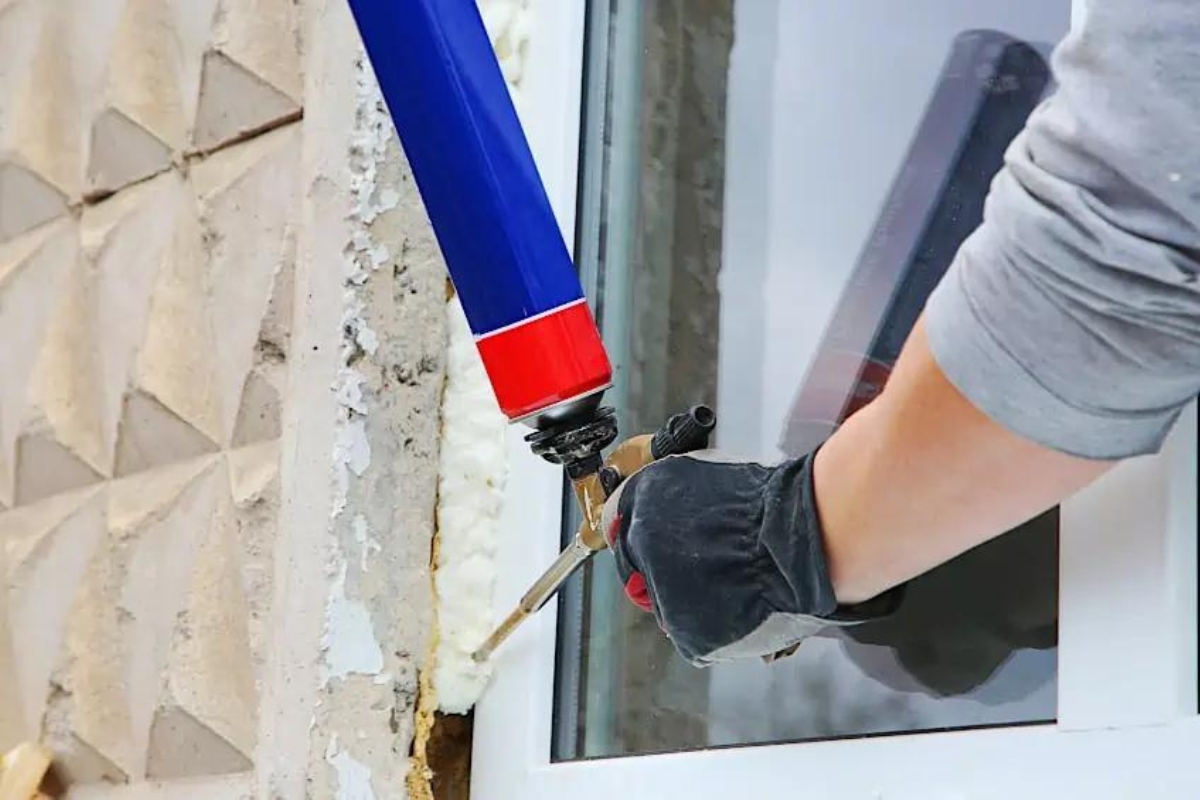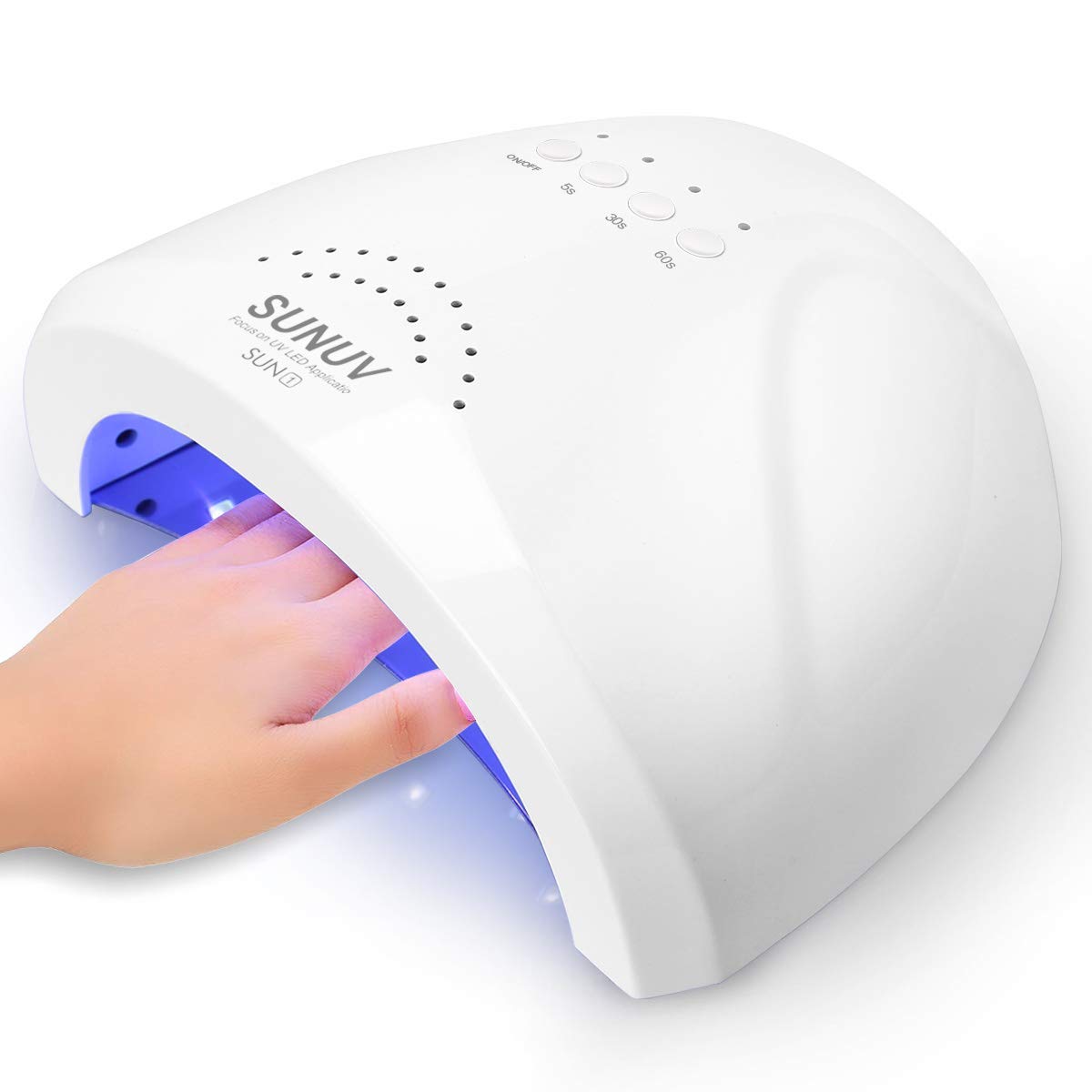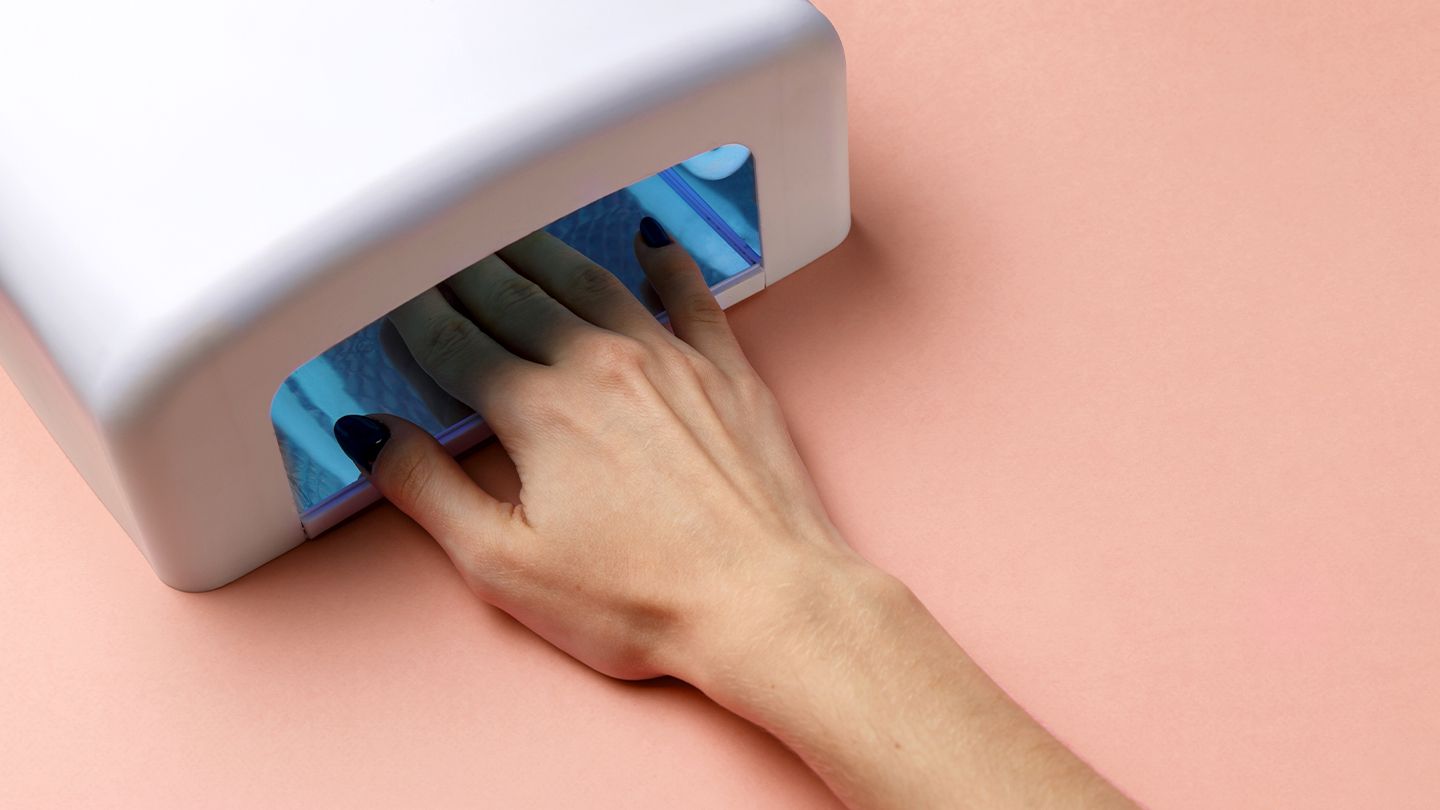

Furniture
How To Protect Skin From A UV Nail Lamp
Modified: December 7, 2023
Discover effective ways to shield your skin from harmful UV rays emitted by a nail lamp. Safeguard your skin with specialized furniture designed to block UV light and maintain healthy skin.
(Many of the links in this article redirect to a specific reviewed product. Your purchase of these products through affiliate links helps to generate commission for Storables.com, at no extra cost. Learn more)
Introduction:
UV nail lamps have become a popular tool in nail salons and at-home manicure routines. These lamps are used to cure gel nail polishes, providing a long-lasting and durable finish. While UV nail lamps offer convenience and efficiency, it is essential to be aware of their potential risks to protect your skin.
Understanding how UV nail lamps work and the potential risks involved is crucial for maintaining healthy skin. In this article, we will explore the world of UV nail lamps, discuss the potential risks they pose, and provide tips on how to protect your skin during the curing process.
So, let’s dive in and discover how to enjoy beautifully manicured nails without compromising the health of your skin!
Key Takeaways:
- Protect your skin from UV nail lamps by applying sunscreen, using fingerless gloves, and moisturizing your hands. Consider LED lamps for safer manicures and prioritize skin health while enjoying beautiful nails.
- When choosing a UV nail lamp, consider factors like lamp type, wattage, timers, and safety features. Prioritize safety and efficacy to minimize potential risks and protect your skin during manicures.
Read more: How To Use A UV Nail Lamp
Understanding UV Nail Lamps:
UV nail lamps are devices that emit ultraviolet (UV) light to cure and harden gel-based nail polishes. These lamps are commonly used in nail salons and are also available for personal use at home. When you apply gel polish to your nails, the UV light from the lamp helps to initiate a chemical reaction that hardens the polish, providing a durable and long-lasting finish.
UV nail lamps typically come in two types: UV lamps, which emit UVA light, and LED lamps, which emit a narrow band of UV light. Both types of lamps have their benefits and considerations. UV lamps have been traditionally used and are less expensive, while LED lamps offer faster curing times and are considered to be a safer option as they emit lower levels of UV light.
UV light has the ability to penetrate the nail polish and reach the underlying layers of your nails, promoting the curing process. While the exposure time can vary depending on the brand and type of gel polish used, it typically takes around 1-3 minutes under the lamp for the polish to cure. During this time, it is essential to exercise caution to avoid potential risks.
It is important to note that UV nail lamps are generally safe when used as instructed and for limited durations. However, prolonged and frequent exposure to UV light can increase the risk of skin damage, including premature aging and even potential skin cancers.
Now that we have a better understanding of UV nail lamps, let’s explore the potential risks associated with their use and how we can protect our skin from their harmful effects.
Potential Risks of UV Nail Lamps:
While UV nail lamps are widely used in the beauty industry, it is important to be aware of the potential risks they pose to your skin. The primary concern associated with UV nail lamps is the exposure to ultraviolet (UV) light, which can have harmful effects on the skin.
Excessive and prolonged exposure to UV light can lead to premature aging, including the development of wrinkles, fine lines, and age spots. Additionally, repeated exposure to UV light can increase the risk of skin cancers, including basal cell carcinoma, squamous cell carcinoma, and even melanoma.
Another concern is the potential for skin damage caused by the heat generated by UV nail lamps. The heat can cause skin dehydration and dryness, leading to discomfort and possible skin irritation. It is essential to protect your skin from the direct heat produced by UV nail lamps.
Individuals with pre-existing photosensitivity conditions, such as lupus or certain medications that increase sensitivity to UV light, should exercise caution when using UV nail lamps. These individuals may experience adverse reactions or heightened skin sensitivity when exposed to UV light.
It is important to note that the risks associated with UV nail lamps are generally minimal when used in moderation and following safety guidelines. However, it is crucial to be aware of the potential risks and take necessary precautions to protect your skin.
Now that we understand the potential risks of UV nail lamps, let’s explore some tips on how to protect your skin during the curing process.
Apply a broad-spectrum sunscreen with SPF 30 or higher to your hands before using a UV nail lamp. This will help protect your skin from the UV radiation emitted during the nail curing process.
Tips for Protecting Your Skin:
Protecting your skin while using UV nail lamps is essential for minimizing the potential risks associated with UV light exposure. By following these simple tips, you can enjoy beautifully manicured nails while safeguarding the health of your skin:
- Apply sunscreen: Before using a UV nail lamp, apply a broad-spectrum sunscreen with an SPF of 30 or higher to your hands, fingers, and any exposed areas. This will help protect your skin from the harmful effects of UV radiation.
- Use fingerless gloves: Consider wearing fingerless gloves that cover the back of your hands and fingers but leave your nails exposed during the curing process. This will help shield your hands from direct UV light exposure while allowing your nails to cure.
- Limit exposure time: Minimize the time your hands are exposed to the UV light by following the instructions provided with your gel polish. Avoid unnecessarily extending the curing time to reduce the amount of UV radiation your skin is exposed to.
- Keep a safe distance: Position your hands an appropriate distance away from the UV nail lamp to reduce the intensity of UV light exposure. Follow the recommended distance provided by the manufacturer or consult a nail technician for guidance.
- Moisturize your skin: Prior to using the UV nail lamp, apply a nourishing moisturizer to your hands and cuticles. This will help counteract the drying effects of the heat and prevent skin dehydration. Look for moisturizers that contain soothing ingredients such as aloe vera or shea butter.
- Take breaks between applications: If you have multiple coats of gel polish to apply, take short breaks between applications. Give your hands a few minutes of rest to minimize prolonged exposure to UV light and allow your skin to recover.
- Consider LED lamps: If you are concerned about UV light exposure, consider opting for LED lamps instead of traditional UV lamps. LED lamps emit a narrower band of UV light and typically have shorter curing times, reducing your overall exposure.
By implementing these tips, you can protect your skin from the potential risks associated with UV nail lamps and enjoy beautiful, long-lasting manicures without compromising your skin’s health.
Now that we know how to protect our skin, let’s move on to understanding how to choose the right UV nail lamp.
Choosing the Right UV Nail Lamp:
When it comes to selecting a UV nail lamp, there are a few factors to consider. By choosing the right lamp for your needs, you can minimize potential risks and ensure an effective and safe manicure experience. Here are some tips to help you make the best choice:
- Consider the type of lamp: Decide between a UV lamp or an LED lamp. As mentioned earlier, LED lamps emit lower levels of UV light and typically have shorter curing times, making them a safer option.
- Check the wattage: The wattage of a UV nail lamp determines its power and curing capabilities. Higher wattage lamps often have faster curing times, so consider your preferences and time constraints when selecting the wattage.
- Look for timers and settings: Opt for a lamp with built-in timers or multiple time settings. This allows you to control and customize the curing time based on the gel polish you are using, ensuring optimal results without unnecessary exposure to UV light.
- Consider the size and design: Choose a lamp that adequately fits your needs. Consider the size of the lamp and ensure it can accommodate the size of your hands comfortably. Additionally, look for a design that allows for easy placement and removal of your hands.
- Check for safety features: Look for lamps with safety features such as overheat protection or automatic shut-off timers. These features can provide added peace of mind and help prevent accidental overheating or prolonged exposure to UV light.
- Read customer reviews: Before making a purchase, read customer reviews to get insights into the lamp’s performance, durability, and safety. This can help you make an informed decision and choose a reliable UV nail lamp.
Remember, selecting the right UV nail lamp is crucial for ensuring the safety and efficacy of your manicure routine. By considering these factors, you can find a lamp that suits your needs and helps protect your skin from unnecessary UV light exposure.
Now that we understand how to choose the right UV nail lamp, let’s conclude our discussion on protecting your skin from a UV nail lamp.
Read more: Why Is My UV Nail Lamp Not Working
Conclusion:
UV nail lamps are a popular tool for achieving long-lasting and beautiful gel manicures. However, it is important to be aware of the potential risks they pose to your skin. By understanding how UV nail lamps work and implementing safety measures, you can protect your skin while enjoying the benefits of gel nail polish.
UV light exposure from nail lamps can lead to premature aging, including wrinkles and age spots, as well as an increased risk of skin cancers. It is crucial to take precautions to minimize these risks. Applying sunscreen, wearing fingerless gloves, limiting exposure time, and keeping a safe distance from the lamp are important steps to protect your skin.
Moisturizing your skin, taking breaks between applications, and considering LED lamps as a safer alternative are additional measures you can take. Choosing the right UV nail lamp by considering factors such as lamp type, wattage, timers, and safety features is also important in reducing potential risks.
Remember, it is essential to prioritize the health and well-being of your skin while enjoying your nail care routine. By implementing these tips and being mindful of the potential risks, you can continue to have beautiful nails without compromising the health of your skin.
Now that you are armed with knowledge about UV nail lamps and how to protect your skin, go ahead and enjoy your manicures with confidence!
Frequently Asked Questions about How To Protect Skin From A UV Nail Lamp
Was this page helpful?
At Storables.com, we guarantee accurate and reliable information. Our content, validated by Expert Board Contributors, is crafted following stringent Editorial Policies. We're committed to providing you with well-researched, expert-backed insights for all your informational needs.
